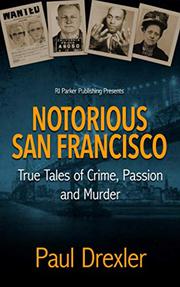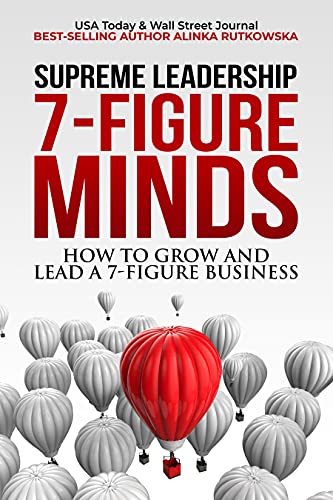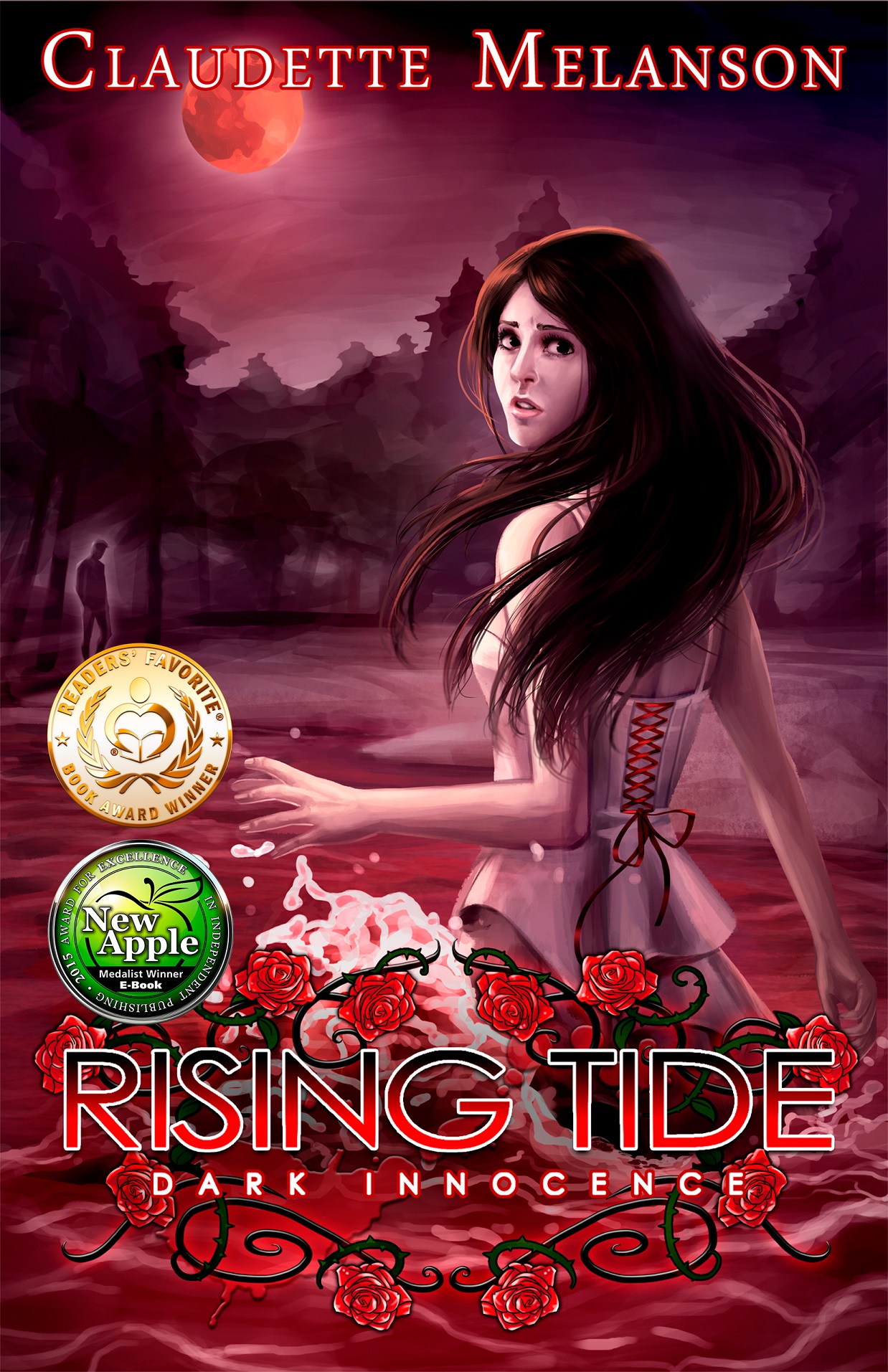
A debut set of true crime essays
explores San Francisco’s dark side.
Drexler wrote the column “Notorious
Crooks” for the Sunday San Francisco Examiner from 2014 to 2018 and runs
walking tours of the area’s crime hot spots. In this work, he collects bizarre,
seedy tales of notorious culprits and unsolved mysteries, covering a century
from the 1870s through the 1980s. The infamous characters surveyed include Juanita
“Duchess” Spinelli, a “modern-day Fagin” who ran a crime school and was “the first
woman to be executed in California”; obese “gambling czar” Elmer “Bones” Remmer;
and Dorothy Ellingson, who in 1925 killed her mother for threatening to send
her to reform school—her insanity plea failed. The press blamed cars and music
for the 16-year-old’s degeneracy, branding her a “Jazzmaniac.” Drexler takes
readers on a sprightly tour through the car thefts and holdups of the Terror
Bandits, attempted jailbreaks (both Folsom Prison and San Quentin are in the
general vicinity), murders, and more. The stories of female criminals feel less
familiar and thus tend to stand out, especially those of Inez Burns, an abortionist
who performed as many as 30 procedures a week and was rumored to have had Rita
Hayworth as a patient, and Sally Stanford, who ran a speak-easy and then a
brothel. The disparity in how these two women fared says something about the
shifting morality of the 20th century. While Burns, whose services had formerly
been considered a “necessary evil,” was indicted in 1946, serving two years in
prison and paying hundreds of thousands of dollars in back taxes, Stanford went
on to run for the Sausalito City Council (she won on her sixth attempt) and was
later elected mayor. A longer, final section deftly focuses on the Zodiac
Killer case, which Drexler (who has appeared on television as an expert on the
crimes) calls “the most famous unsolved murder mystery of modern times.” The
author makes good use of primary sources such as court transcripts, providing
an appropriate level of detail that never seems gratuitous or overly sordid. Black-and-white
photographs are provided for many of the historical figures discussed.
A lighthearted, informative take on rather grim
events.






Add comment